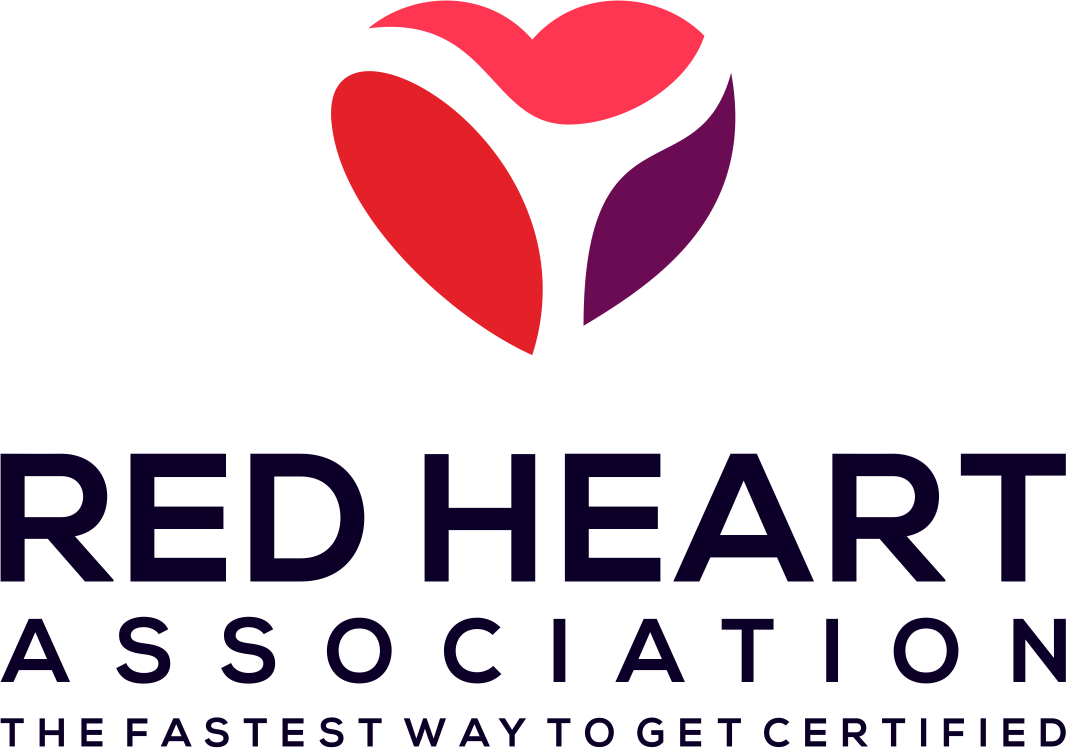How to provide CPR to infants
An infant is defined as under age 1.
The differences for performing CPR on an infant are:
- To check for responsiveness, tap the bottom of their foot.
- Feel for a brachial pulse.
- Chest compressions are done using the two finger technique.
- The compression depth is 1.5 inches or 4 cm.
Confirm the scene is safe and shout to ask the infant if they’re okay.
Check the infant for responsiveness by tapping the bottom of the foot. If unresponsive then continue by monitoring breath and brachial pulse simultaneously taking 5 to 10 seconds.
Before we begin CPR, request consent to continue from their parent or guardian. If someone is nearby ask for help, have them activate the ERS, and retrieve the AED. If you are by yourself then use your cell phone to call 911.
If no response is received then place the infant face-up on a flat, firm surface. Kneel or stand beside them.
-Remove clothing that is covering the chest.
-While having the patient lay on a flat, firm surface, first identify the sternum (just below the nipple line).
Place two fingers that are closest in length over the sternum.
-Perform 30 chest compressions while counting each out loud with the following in mind for each cycle:
-Push down on the chest at least 1.5 inches.
-Provide compressions at a rate of 100-120 per minute.
-Allow the chest to fully recoil before providing the next compression.
-If available, place a breathing barrier over the nose and mouth.
-Place one hand on the forehead and the other hand’s fingers on the chin to tilt the head back and open the airway.
-Use your mouth to make a seal over the infant’s mouth and nose.
-Take a breath and blow into the infant’s mouth and nose for 1 second.
-While blowing, check to ensure the infant’s chest is rising.
-Inhale again and make a seal to deliver another breath.
If the chest does not rise then something may be blocking the airway.
–Before providing breaths, check the airway for an object.
-If you see the object, attempt to remove the object using a finger sweep.
-Continue checking for foreign objects in the airway after each set of chest compressions.
-The infant becomes responsive.
-An AED arrives and no one else is available to help.
-CPR has been performed for 2 minutes and another rescuer is available to take your place.
-CPR has been performed for 2 minutes, no one is nearby to help, and 9-1-1 needs to be called.
-Emergency Medical Services arrive and take over.
-Exhaustion is reached.
-The scene becomes unsafe.

